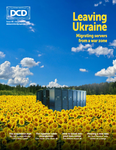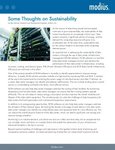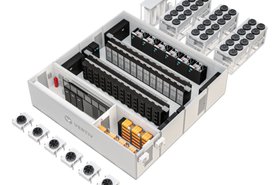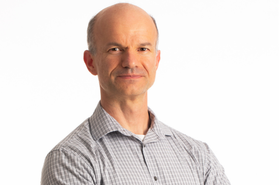Data center and infrastructure design is at a crossroads. Sustainability targets are initiating scrutiny of old practices and becoming more receptive to new process designs and methodologies. One of the ways we are seeing that play out is via heat reuse and recovery by data center operators across Europe. What was once thought to be merely a futuristic possibility is starting to become a reality thanks to new cooling infrastructure technologies.
Heat reuse is capturing and removing high-grade heat from servers in the data center environment and redirecting it to district heating networks, industrial applications, and other schemes. Across Europe, and particularly in Scandinavia, projects like these are heating industrial sites and local facilities, such as schools and hospitals.
Swedish heat sharing
Sweden has several heat reuse projects underway. One experiment in Luleå is looking at ways to integrate fossil-free district heating and cooling with a renewable-powered data center set up for the recovery of waste heat. Another larger project in Stockholm is connecting 10,000 homes to a district heating network pulling heat waste from 30 data center operators. It is expected by 2035 this data center waste heat reuse project will meet one tenth of the city’s heating requirements.
Earlier this year, Microsoft and Fortum, a state-owned energy company in Finland, announced a collaboration to heat homes, services and businesses with sustainable waste heat from Microsoft’s data centers in the Helsinki region. Fortum’s district heating infrastructure includes about 900 km of underground pipes that transfer heat to approximately 250,000 users. This is thought to be the largest waste heat project of its kind in the world.
Whilst many of the Scandinavian heat reuse projects create a more complete sustainable infrastructure as they are used with renewable energy, other countries are using heat reuse to help achieve climate challenge objectives in other ways. The UK government is making heat reuse a key pillar of its Net Zero strategy and plans for decarbonizing the economy. This will include a ban on the sale of new gas boilers by 2035. New electric heat pumps will be serviced from networks that rely on pipes to transmit hot water from a centralized heat source. Data centers are likely to be one of the main heat resource providers. This could be a tremendous and important undertaking as there are 30 million buildings in the UK, the heating of which currently contributes to almost a quarter of all UK emissions.
Starting points
What can a data center operator do today to start preparing for these initiatives? Implementing liquid cooling is a good place to start. It is the most efficient cooling infrastructure to support heat reuse as it significantly reduces facility energy consumption for mechanical services, decreases water use and provides a platform for high-grade reusable heat. Heat generation at the server is extracted at a much higher temperature. The heat then becomes an almost immediately useful byproduct by being at the right temperature, in the right format and easily transportable.





